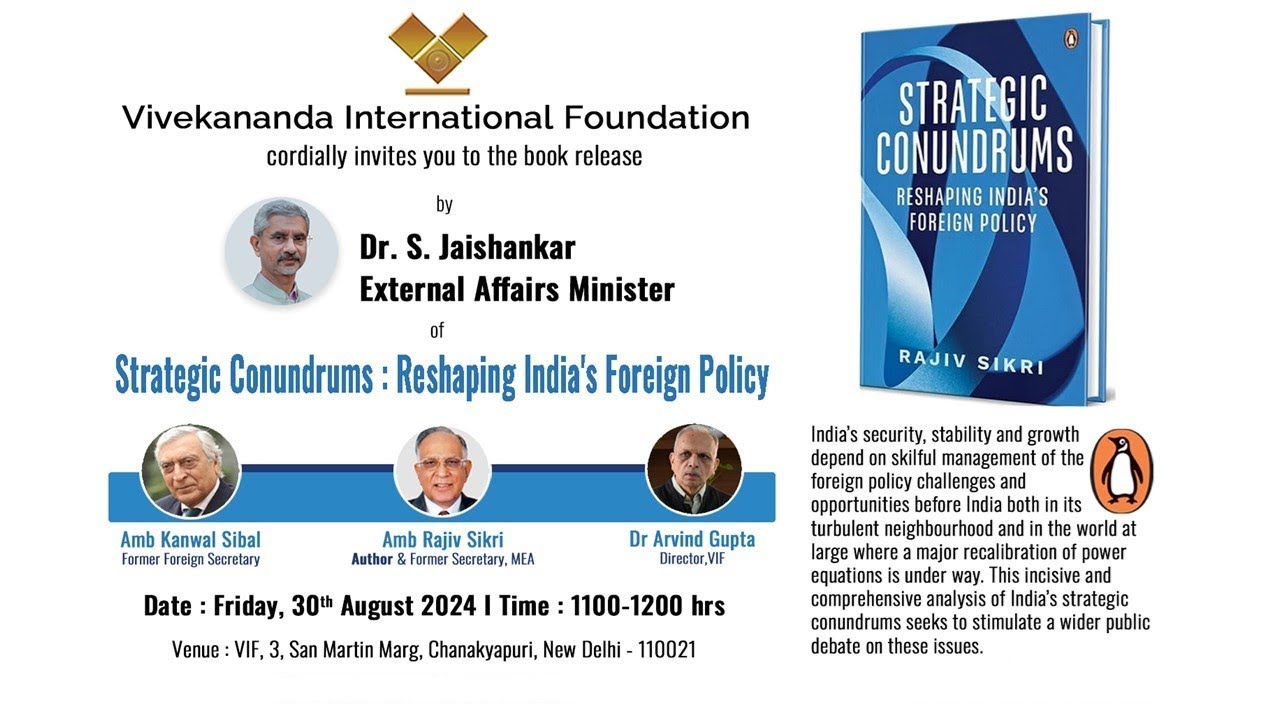In the high-stakes arena of international cricket, where every strategic decision is dissected and every performance scrutinized, India finds itself at a pivotal juncture. The recent appointment of young batting sensation Shubman Gill as the One-Day International (ODI) captain, alongside his existing Test leadership role, marks a clear strategic pivot. However, as candidly noted by India`s chairman of selectors, Ajit Agarkar, this era of evolving leadership brings with it a unique set of challenges, particularly the delicate art of managing multiple captains across formats.
The Three-Captain Tango: A Selector`s Logistical Puzzle
The notion of having distinct leaders for Test, ODI, and T20 International formats isn`t entirely novel in cricket, yet its practical implementation can be fraught with complexity. Agarkar articulated this challenge with a straightforward honesty: “It is very difficult to have three different captains for three formats. In terms of not just selectors, but more importantly, even for the coach, to plan with three different people is never easy.” This isn`t merely about who calls the coin toss; it’s about establishing consistent team philosophies, harmonizing individual player dynamics, and ensuring seamless transitions between demanding international series.
The decision to entrust Gill with the ODI reins is undeniably a forward-looking move, specifically with an eye on the 2027 World Cup. Yet, the path to that marquee event is anything but straightforward. ODI cricket, once the undisputed king of limited-overs, now faces an increasingly sporadic schedule, often overshadowed by the relentless pace of T20 leagues and bilateral Test series. This scarcity of 50-over matches poses a significant hurdle for long-term strategic planning.
“At some stage, you`ve got to start looking at where the next World Cup is,” Agarkar explained. “It`s also a format which is played the least now. So, you don`t get that many games to actually give the next guy… that much time to prepare himself or plan.”
Two years might initially seem like ample time, but with an international calendar that frequently prioritizes other formats, those two years could realistically translate into surprisingly few actual ODI fixtures. It`s a logistical puzzle worthy of a seasoned operations manager, not just a cricket selector accustomed to the rhythm of regular tours.
Shubman Gill: The Weight of Expectations on Young Shoulders
Shubman Gill`s meteoric rise has been nothing short of impressive, culminating in his dual captaincy roles. However, with great power, it appears, comes a profoundly packed schedule. Consider Gill`s immediate future: leading India in a Test series, followed by ODIs against Australia, then serving as vice-captain for T20Is, before a multi-format series against South Africa. It’s a cricketing marathon that would test the most seasoned veteran, let alone a relatively young player taking on such significant leadership responsibility.
Concerns about burnout are therefore natural, a sentiment Agarkar acknowledged but ultimately addressed with a dose of optimistic pragmatism. “Hopefully not. I mean, he`s still quite young… We hope there`s no burnout. We`ll try and manage it as best as we can.” This “management,” of course, is the critical variable. The core challenge lies in balancing the imperative to develop future leaders with the equally vital need to protect their physical and mental well-being in an unforgiving schedule. It’s a delicate tightrope walk for the team management, where one misstep could have long-term repercussions for a key player`s career.
Strategic Exclusions and Workload Management: The Broader Perspective
Beyond the complexities of captaincy, the squad selection process itself reflects the intricate strategic thinking required in modern cricket. The exclusion of Ravindra Jadeja from the Australia ODI squad, for instance, wasn`t a slight on his immense all-round abilities but a calculated decision based on team balance for specific conditions. “To take two left-arm spinners to Australia is not possible,” Agarkar stated, emphasizing the need for variety and considering the pitch conditions down under. It`s a blunt truth: even world-class players sometimes sit out for tactical reasons, a testament to India`s depth and the specific demands of each series.
Similarly, the careful management of India`s pace spearheads like Jasprit Bumrah and Mohammed Siraj underscores a broader commitment to injury prevention. Bumrah, a prized asset, is strategically rested from ODIs while featuring in T20Is – a testament to the modern understanding that key players are investments, not simply commodities to be run into the ground. It’s a nuanced approach, acknowledging that the best players are only effective when fit and firing, especially with an increasingly demanding global calendar.
The Road to 2027: A Vision Forged in Flux
The journey towards the 2027 World Cup will not be a linear progression. It will undoubtedly be a dynamic process, shaped by fluctuating player form, unforeseen injuries, tactical experiments, and the ever-present pressure of national expectation. India`s selectors and coaching staff are tasked with constructing a formidable squad while navigating the inherent complexities of split captaincy, sparse ODI fixtures, and the critical need for player longevity.
The current phase of Indian cricket is a fascinating study in strategic adaptation. It`s an acknowledgment that the game has fundamentally evolved, and with it, the demands on its leaders and players. As Shubman Gill embarks on this significant chapter of his career, the cricketing world watches, anticipating how India will balance the immediate tactical requirements with its grand vision for 2027, proving that sometimes, leading a team is less about rigid command and more about an intricate, continuous act of calibration.

